The 10 most deadly national parks in the United States!
The 10 most deadly national parks in the United States!
Deaths in national parks are extremely rare, but they do happen. The main causes are accidental falls and drowning, while encounters with wild animals rarely result in death.
Of course, the parks with the most fatalities are usually the ones with the most visitors, like the Grand Canyon. But here, we’re looking at parks with the highest death rates per 10 million visitors.
Should you stop thinking about going to these parks? Of course not. Just be careful when visiting.
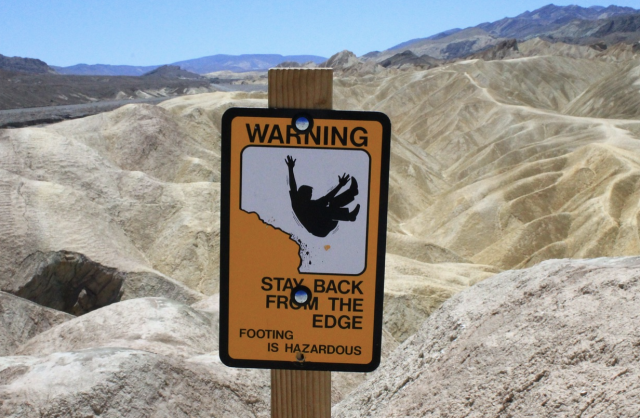
10.Death Valley National Park
- Location: California
- Deaths per 10 million passengers: 26.57
Many people underestimate the lethal power of high temperatures and enter Death Valley National Park without enough drinking water. Sometimes people get lost, and even if they are well prepared for a desert trek, the situation can be dangerous.
This park is one of the most unique landscapes in the United States and is definitely worth a visit, but try to avoid going in the summer and bring more water than you think you’ll need.
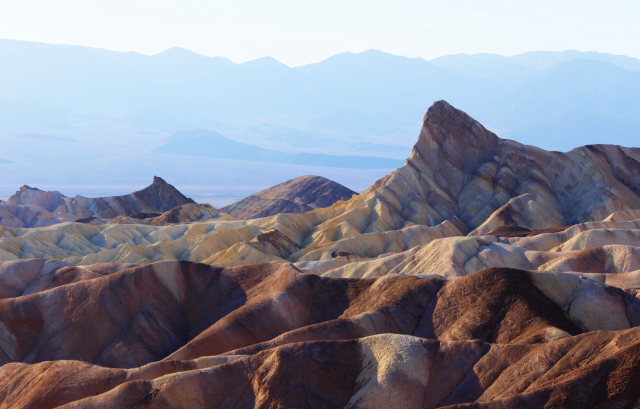
9. Yosemite National Park
- Location: California
- Deaths per 10 million passengers: 28.01
Yosemite National Park has several easy and beautiful trails suitable for all ages. But it also has some very challenging hiking and rock climbing routes. Its two most famous rock climbing spots are Half Dome and El Capitan. Unfortunately, accidents can happen to even the best climbers. But sometimes fatal danger comes from suddenly losing your footing on a less risky trail, or going to a dangerous place because you want to “make a splash”.
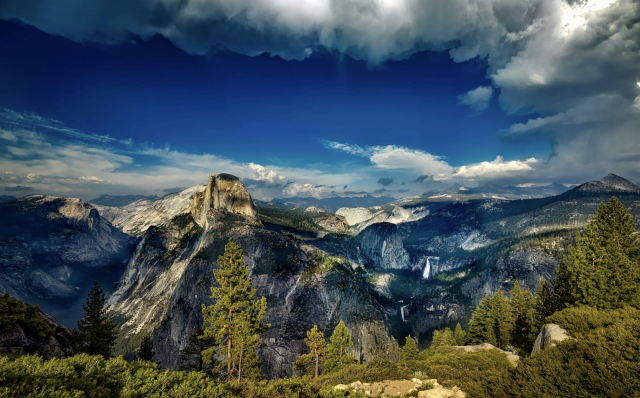
8. Channel Islands National Park
- Location: California
- Deaths per 10 million passengers: 31.53
Compared to the 12.94 million people who visit the Great Smoky Mountains each year, only about 323,245 people visit Channel Islands National Park each year. This underrated California park offers an unrivaled experience of Pacific scenery. But towering cliffs and rough waves also bring dangers. Never underestimate the power of the ocean, no matter how good a swimmer you are.
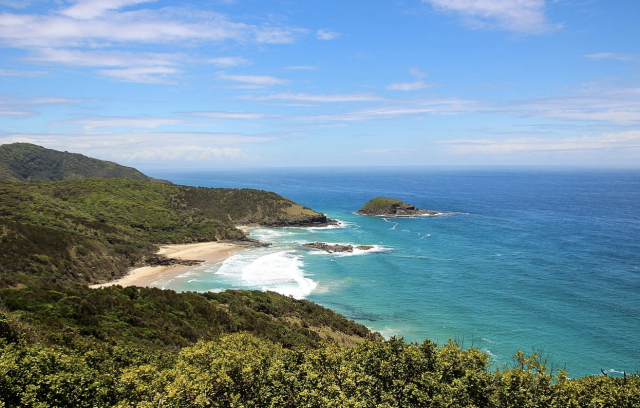
7. Sequoia and Kings Canyon National Parks
- Location: California
- Deaths per 10 million passengers: 33.22
Falls are the largest cause of death in Sequoia and Kings Canyon National Parks. The park is famous for its giant redwood groves hidden within the preserve, and there are still several hiking trails in the park with elevations over 5,000 feet. The National Park Service also notes that heat stroke and hypothermia are potential risks when visiting the park.
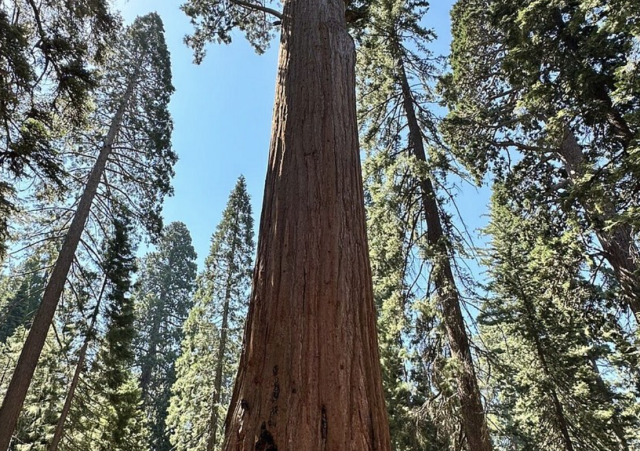
6. Big Bend National Park
- Location: Texas
- Deaths per 10 million passengers: 36.37
Big Bend National Park is located in the Chihuahuan Desert and presents similar hazards to Death Valley. Visitors should try to avoid hiking in the middle of the summer. It is also important to carry enough water to avoid heat stroke or dehydration.

5. Sequoia National Park
- Location: California
- Deaths per 10 million passengers: 36.6
Redwood National Park is the fifth California national park on this list. What can we learn? Take California’s natural beauty seriously.
Like the Sequoias and Kings Canyon, Sequoia National Park attracts people with its stunning collection of giant trees, some of the tallest in the world. But people also enjoy swimming in the Smith River and the Pacific Ocean. Even very strong swimmers should be careful, especially when enjoying Pacific beaches, where powerful waves can suddenly appear.
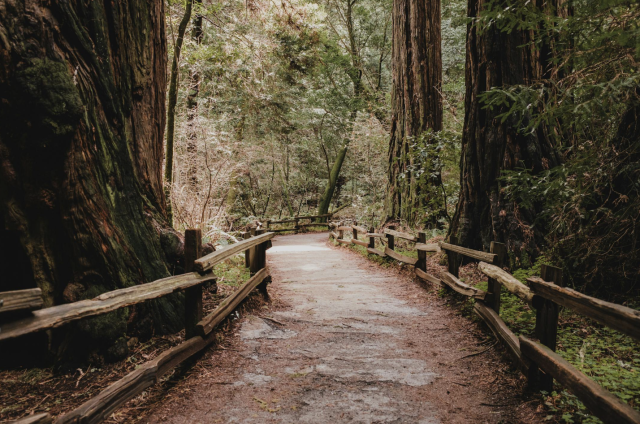
4. Mount Rainier National Park
- Location: Washington State
- Deaths per 10 million passengers: 37.72
Mount Rainier National Park is the 16th most popular national park in the United States, with its popularity due in part to its proximity to Seattle, less than 60 miles away. The national park named after Mount Rainier has the highest death toll. This may be because, since Mount Rainier is so accessible, many people who come here have no experience in backcountry adventure.

3. U.S. Virgin Islands National Park
- Location: St. John, U.S. Virgin Islands
- Deaths per 10 million passengers: 39.94
Many Americans don’t even think of the U.S. Virgin Islands National Park as a U.S. national park.
Given that 40% of the park is underwater, it’s no surprise that drowning is the leading cause of death here. Although the Caribbean is known for its calm waters, visitors should always exercise caution, especially when snorkeling and/or diving.
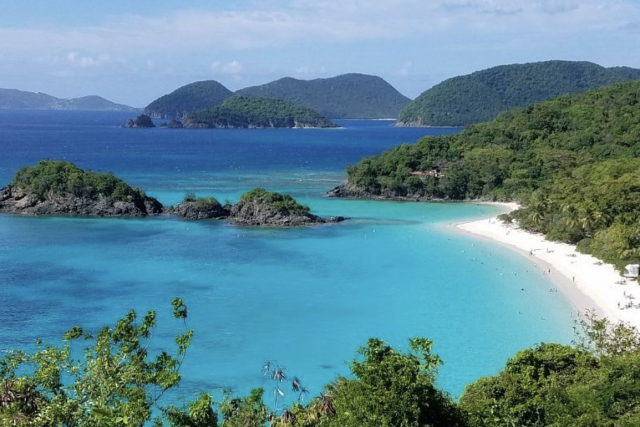
2. Denali National Park
- Location: Alaska
- Deaths per 10 million passengers: 100.5
Alaska is the most inhospitable state in the United States, which makes parks there particularly dangerous.
At 20,310 feet, Denali is the tallest mountain in the United States. Remote Denali National Park is not for the faint of heart or the inexperienced. Even if you don’t want to climb to the top, normal mountain trails tend to be tricky, and parts of the park can be covered in snow even in summer.
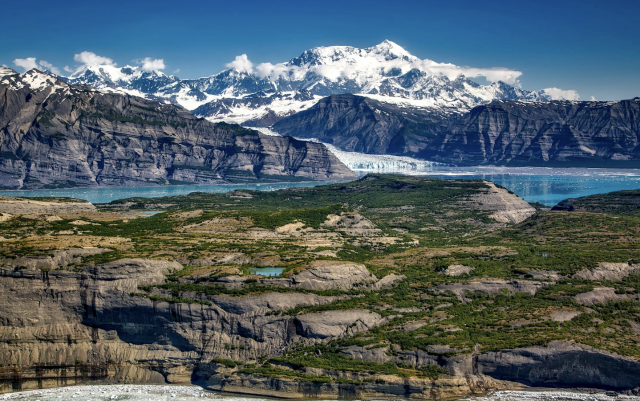
1. North Cascades National Park
- Location: Washington State
- Deaths per 10 million people: 652.35
North Cascades National Park is one of the least visited national parks, receiving only about 30,154 visitors annually. This means visitors can easily find themselves alone on the road. While this is one of the park’s biggest draws, help can be difficult to find if you get stuck.
Our advice is that unless you’re used to being out in the wild alone, it’s best to go with a group.
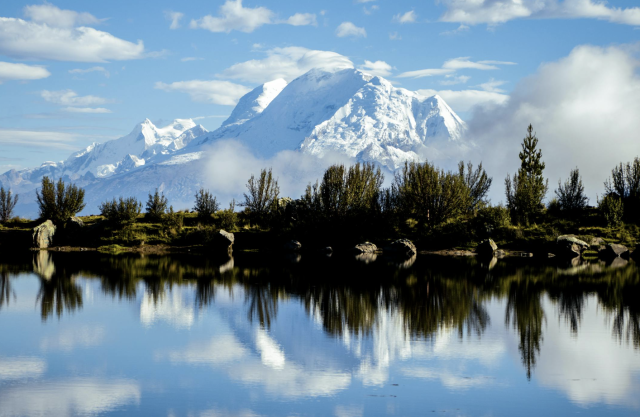


Leave a comment